Scientists have developed a hybrid solar energy converter that generates electricity and steam with high efficiency and low cost.
The work led by Matthew Escarra, associate professor of physics and engineering physics at Tulane University, and Daniel Codd, associate professor of mechanical engineering at the University of San Diego, is the culmination of a U.S. Department of Energy ARPA-E project that began in 2014 with $3.3 million in funding and involved years of prototype development at Tulane and field testing in San Diego.
Above: The hybrid solar energy converter features a solar module with glowing red cells built at Tulane. (Photo courtesy of Matthew Escarra)
Matthew Escarra, associate professor of physics and engineering physics at Tulane, explains:
“We are pleased to have demonstrated high performance field operation of our solar converter and look forward to its ongoing commercial development.
Thermal energy consumption is a huge piece of the global energy economy – much larger than electricity use. There has been a rising interest in solar combined heat and power systems to deliver both electricity and process heat for zero-net-energy and greenhouse-gas-free development.”
The hybrid converter utilizes an approach that more fully captures the whole spectrum of sunlight. It generates electricity from high efficiency multi-junction solar cells that also redirect infrared rays of sunlight to a thermal receiver, which converts those rays to thermal energy.
The research is detailed this month in the science journal Cell Reports Physical Science. Researchers from San Diego State University, Boeing-Spectrolab and Otherlab were also part of the project.
source Tulane University

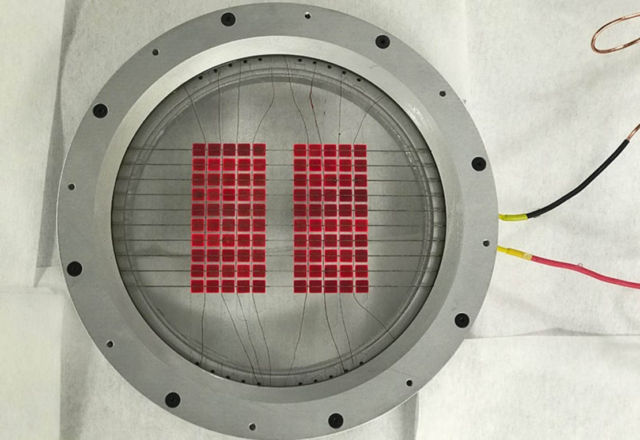
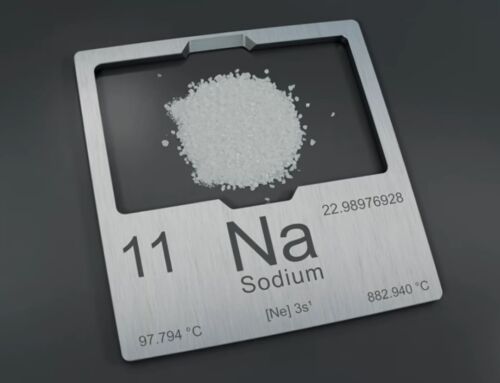
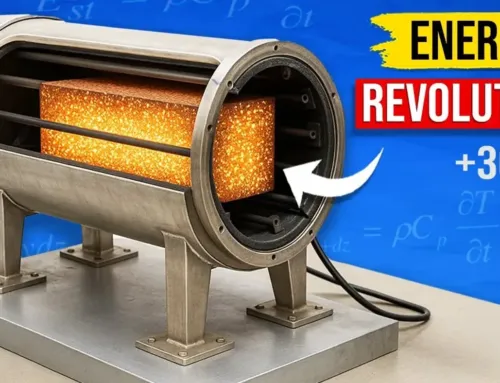
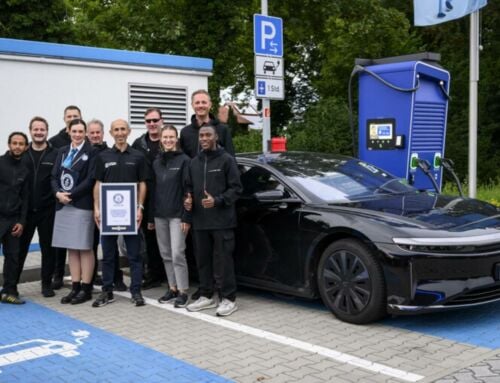
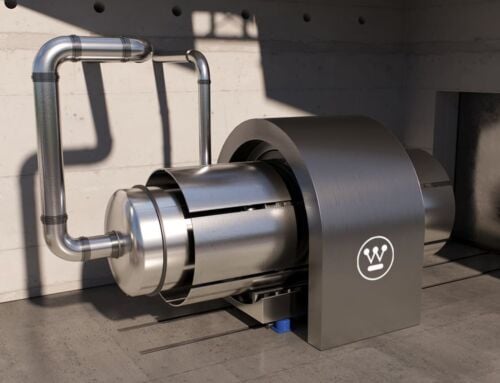
Leave A Comment